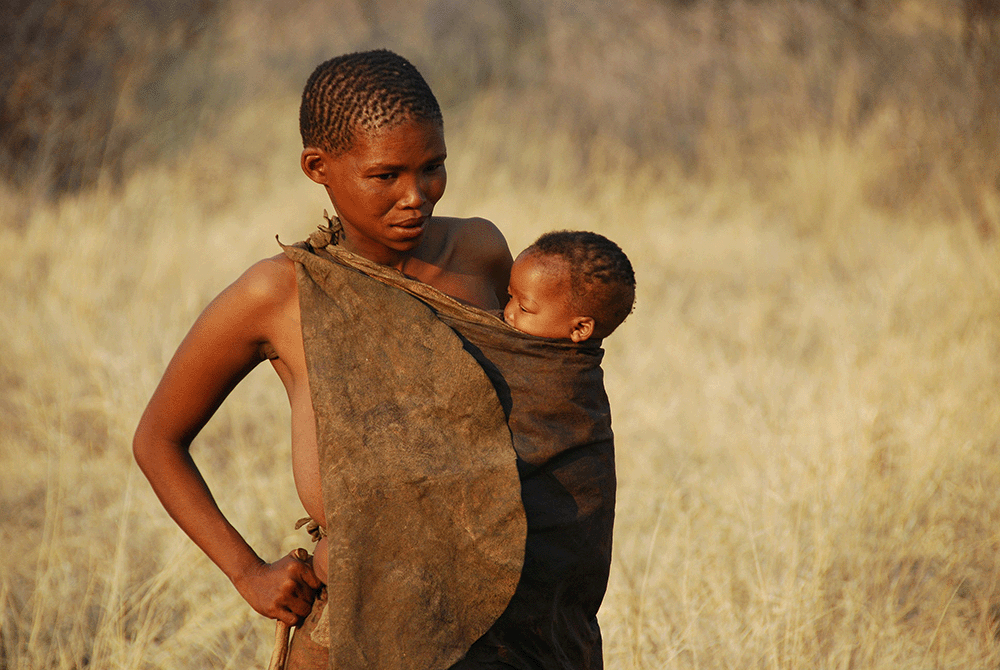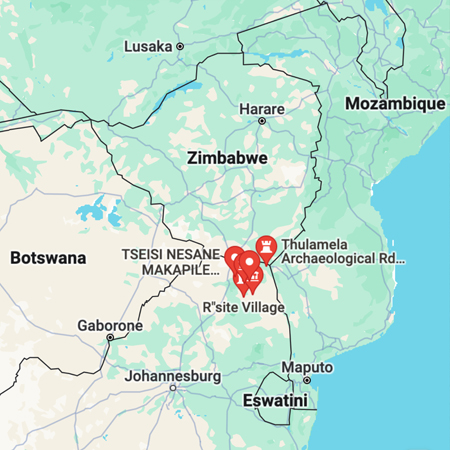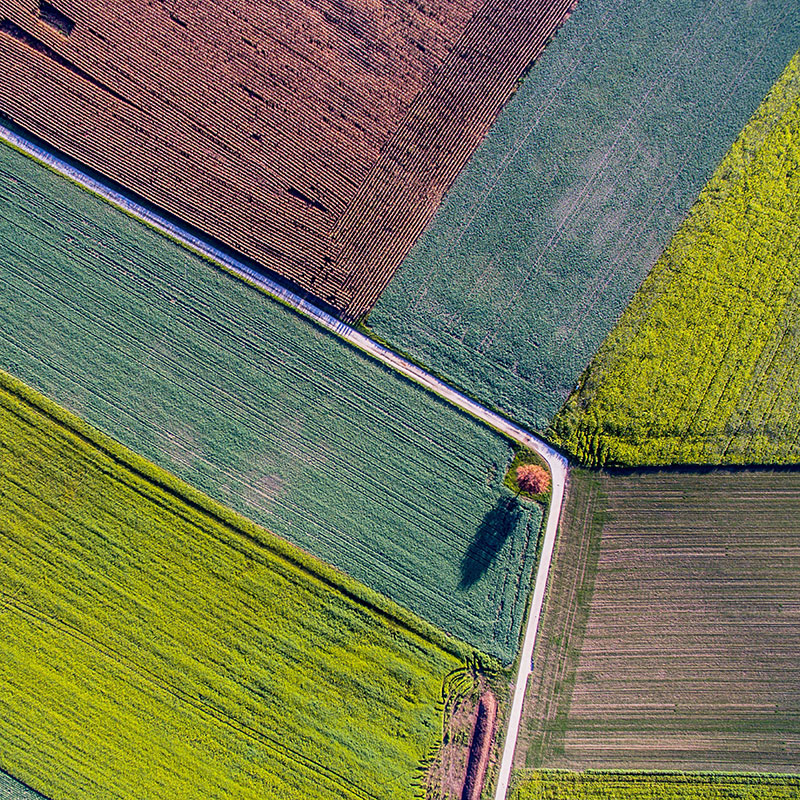Water is Life - and South African Waterway's are in crisis!

The Three Rondawels (Thaba Chweu) — watch over the Blyde River Canyon like ancient protectors. But their beauty hides a painful truth: South Africa’s rivers are in crisis.
According to @GreenpeaceAfrica, over 432 billion litres of untreated sewage flow into our waterways each year — that’s 50,000 litres every second. It’s poisoning ecosystems, threatening communities, and exposing deep failures in our water systems.
The Khoi San E Foundation stands with @GreenpeaceAfrica in calling for urgent action, but this is not just their fight – it’s a battle we all must join. We need coordinated action from local municipalities, the Department of Water and Sanitation, and all provincial governments, not just the Western Cape. Environmental Affairs departments and nature conservation bodies across the country must come together to repair infrastructure, stop illegal dumping, and protect freshwater biodiversity. Dam and catchment managers must adopt sustainable practices, and conservation bodies like CapeNature have a critical role in protecting these ecosystems.
Here’s how you can help, starting today:
- Report leaks and illegal dumping
- Support local clean-up initiatives
- Choose eco-safe, biodegradable cleaning products
- Avoid single-use plastics and water-wasteful goods
- Speak up – hold your leaders accountable
Water is life. Let’s not wait for tomorrow. Take a stand today:
https://www.greenpeace.org/africa/en/act/donate-to-us/
#KSEInspired #KhoiSanEFoundation #WaterIsLife #ProtectOurRivers #GreenpeaceAfrica #CleanWaterNow #ThabaChweu #SouthAfricaWaterCrisis #DeptOfWaterAndSanitation #CapeNature #MunicipalWaterMatters #WesternCapeGovernment #DamCatchmentCare
Image: Rodrigo Casanas & Berdt Dittrich / Unsplash

Copyright - 2024- Khoi San E Foundation - All rights reserved.
The Amazon – Earth’s Greatest Carbon Storage Sink is still healthy!

Thanks to a combination of machine learning and satellite data, scientists have discovered that the Amazon Rainforest stores an incredible 56.8 billion metric tons of carbon—over 1.5 times the total amount emitted by humans in 2023.
This research highlights the most carbon-rich regions in the forest, such as southern Peru, western Brazil, and parts of French Guiana and Suriname—one of the greenest countries on the planet. Even more promising, the Amazon is still acting as a carbon sink, absorbing more carbon than it releases, which is crucial in the fight against climate change. Keeping global temperatures below 1.5°C depends on protecting forests like the Amazon.
The vibrant macaws—symbols of the Amazon’s biodiversity—thrive in these lush environments. These colorful parrots play a vital role in seed dispersal, helping the forest regenerate and maintain its carbon-storing capacity. Protecting the Amazon means not only saving its rich plant life but also safeguarding species like the macaw that help the ecosystem stay resilient and healthy.
This data will help conservationists and policymakers focus their efforts on preserving these key areas to ensure the Amazon continues its vital role in carbon storage and biodiversity protection.
For a more indepth read of this fascinating story, visit https://news.mongabay.com/2024/09/clearest-picture-yet-of-amazon-carbon-density-could-help-guide-conservation/
#AmazonRainforest #ClimateAction #CarbonStorage #Conservation #GreenestCountries #Macaws #Biodiversity #KSEInspired

Copyright - 2024- Khoi San E Foundation - All rights reserved.
Preserving Voices of the San - The Bleek & Lloyd Collection

The Bleek and Lloyd Collection stands as a crucial archive of the 19th-century collaboration between Wilhelm Bleek, Lucy Lloyd, and the San people. This remarkable collection contains invaluable records of San languages, stories, and drawings, providing a rare glimpse into the rich cultural heritage of the Khoi and San communities.
The collection was born out of Bleek and Lloyd’s dedication to documenting the oral traditions and languages of the San, a people often marginalized and whose voices were rarely heard in historical narratives. The result is a treasure trove of over 12,000 pages of text, including folklore, songs, and drawings, that offer profound insights into the San’s worldview, spirituality, and connection with nature.
In addition to preserving the language and stories, the collection also includes vivid illustrations created by the San themselves, which depict their daily lives, beliefs, and interactions with the environment. These drawings are not only artistic expressions but also important ethnographic records.
Despite the historical challenges faced by the San people, efforts are ongoing to amplify their contributions and ensure that their cultural heritage is recognized and respected. The Bleek and Lloyd Collection is a testament to the resilience of the San people and their enduring legacy.
Explore more about this invaluable collection and the efforts to preserve San heritage by visiting http://dl.cs.uct.ac.za/projects/bleeklloyd/index.html
#BleekAndLloyd #SanCulture #KhoiAndSanHeritage #CulturalPreservation #IndigenousVoices #Ethnography #SanLanguages #SouthAfricanHistory.Pre

Copyright - 2024- Khoi San E Foundation - All rights reserved.

Explore the fascinating Thulamela Settlement, a 16th-century archaeological site located in the northern region of Kruger National Park, South Africa. Thulamela was a thriving community of the Shona-speaking people and served as a bustling trade center between 1350 and 1650 AD. This ancient kingdom, perched on a hilltop, provides invaluable insights into the advanced social structure, metallurgical skills, and trade networks of its inhabitants.
Thulamela’s historical significance is complemented by the incredible biodiversity of its surroundings. The Kruger National Park is home to an astonishing 75% of South Africa’s total biodiversity, making it one of the most ecologically diverse regions in the world. The area around Thulamela boasts a rich variety of plant and animal species, reflecting the harmonious coexistence of humans and nature over centuries.
Today, Thulamela continues to captivate visitors and researchers alike, offering a unique blend of cultural heritage and natural beauty. As we delve into the history of this ancient civilization, we also celebrate the importance of preserving the biodiversity that makes this region so extraordinary.
Join us in appreciating the rich legacy of Thulamela and the stunning biodiversity of Kruger National Park!
#Thulamela #KrugerNationalPark #CulturalHeritage #Biodiversity #SouthAfricaHistory #EcoTourism #AncientCivilizations
Images: Thulamela Ruins near Pafuri / Sharon Haussmann / Simon Espley

Copyright - 2024- Khoi San E Foundation - All rights reserved.

Permaculture, a term coined in the 1970s by Bill Mollison and David Holmgren, refers to the development of agricultural ecosystems intended to be sustainable and self-sufficient. It integrates land, resources, people, and the environment through mutually beneficial synergies—mimicking the no-waste, closed-loop systems seen in diverse natural ecosystems.
Permaculture's principles include care for the earth, care for people, and fair share (returning surplus to the system). It promotes techniques such as companion planting, mulching, and water conservation methods like graywater recycling and smart irrigation. These practices enhance biodiversity, soil fertility, and ecosystem resilience
Globally, permaculture has seen wide adoption across various climates and regions. Countries in Europe, Australia, and North America have active permaculture communities, and there are numerous projects in Asia, Africa, and Latin America. For instance, initiatives in dryland areas and tropical regions have demonstrated permaculture's adaptability and efficacy in different environmental contexts.
The success of permaculture lies in its holistic approach to farming and land management. By focusing on natural processes and ecological balance, permaculture reduces dependency on chemical inputs and fosters a sustainable way of living. This approach not only addresses immediate agricultural challenges but also contributes to long-term environmental health, making it a key strategy for future sustainable farming worldwide.
To find out more about Permaculture visit https://shorturl.at/jlGUB
#KSEInspired #Permaculture #SustainableFarming #EcoFriendly #HolisticAgriculture #GreenLiving
Image Jean Wimmerlin / Unsplash

Copyright - 2024- Khoi San E Foundation - All rights reserved.

Meet Autshumato, known as Herry the Strandloper, a remarkable Khoi leader and interpreter during early encounters between the Khoi people and European settlers at the Cape.
His role as an interpreter was pivotal in fostering communication and understanding during a tumultuous era of cultural collision. Through his diplomacy, Autshumato navigated complex negotiations, striving to find common ground amidst cultural differences. His leadership exemplified strength and adaptability in the face of change, laying the groundwork for future generations to build upon.
Today, we honor Autshumato’s legacy as a trailblazer, a visionary whose actions paved the way for dialogue and cooperation. His story reminds us of the power of communication, empathy, and collaboration in forging a shared future.
May his legacy continue to inspire us to strive for understanding and harmony in a diverse world.
Watch a short film on Autshumato’s story on https://www.youtube.com/watch?v=EEGCLJT_EjY
#Autshumato #KhoiLeadership #CulturalBridgeBuilder

Copyright - 2024- Khoi San E Foundation - All rights reserved.

July is Mandela Month, a special time for us to come together and give back to our communities. This year’s theme, “It’s in our hands to combat poverty and inequity,” calls on us all to make a difference.
Nelson Mandela, often referred to as “Madiba,” was a revolutionary leader and the first black President of South Africa. Born on July 18, 1918, he dedicated his life to the fight against apartheid, the oppressive system of racial segregation in South Africa. Imprisoned for 27 years for his activism, Mandela emerged as a global symbol of resistance, reconciliation, and peace. His leadership in dismantling apartheid and fostering national unity earned him international acclaim and the Nobel Peace Prize in 1993. Mandela’s enduring legacy continues to inspire people worldwide to strive for justice, equality, and human rights.
We invite you to support a cause close to you by donating goods or volunteering your time. Your contributions can have a powerful impact on the various initiatives happening this month.
Volunteering and donating take commitment, so here are some tips to ensure you make the most meaningful impact:
BE RELIABLE: Keep your promises and show up on time. Your reliability is crucial.
RESPECT THE GUIDELINES: Follow the procedures of the Cause you are supporting. This helps everything run smoothly.
BE PROACTIVE: Look for ways to help without being asked. Your initiative will be highly valued.
#MandelaMonth #GivingBack #CombatPoverty #CommunitySupport #Volunteer #MakeADifference #KSEAware
Image: Inc.com

Copyright - 2024- Khoi San E Foundation - All rights reserved.

Born around 1643 to the Goringhaicona near the Cape of Good Hope, Eva (Krotoa) grew up in a time of significant change. Taken into the household of Dutch commander Jan van Riebeeck at a young age, she quickly learned Dutch and Portuguese, becoming a vital interpreter and negotiator between the Dutch settlers and the Khoisan communities. Her linguistic skills facilitated crucial trade and peace agreements, highlighting her role as an early diplomat.
In 1664, Eva married Danish surgeon Pieter van Meerhoff, making her one of the first indigenous women to marry a European in the Cape Colony. They had three children before Pieter's untimely death in Madagascar in 1668. Despite her invaluable contributions, Eva faced significant challenges, including struggles with alcoholism and ostracization from both the Dutch and her own people. She was even imprisoned on Robben Island for several years, enduring great hardship.
Eva died in 1674 at the age of 31. Her legacy lived on through her children, who were taken into Dutch care. Eva's life, marked by resilience and the bridging of cultures, offers a profound insight into the early colonial period in South Africa. She remains a symbol of cultural exchange, adaptation, and the complex interactions between European settlers and indigenous peoples. Today, she is commemorated in literature, film, and public memorials as a testament to her significant role in South African history.
Read Eva's remarkable story at https://www.capetownmuseum.org.za/they-built-this-city/krotoa
#EvaKrotoa #KhoisanHistory #SouthAfricanHeritage #IndigenousWomen #CulturalDiplomacy #HistoricalFigures #EarlyCapeColony #Resilience #CulturalExchange #KhoisanLegacy #KSEFoundation
Image: Cape Town Museum

Copyright - 2024- Khoi San E Foundation - All rights reserved.
